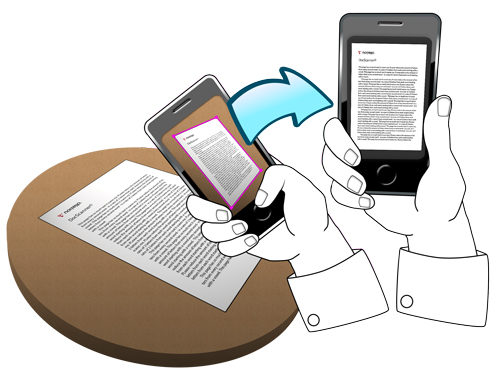Introduction
In the ever-evolving landscape of technology and governance, innovative solutions can shape the efficiency and transparency of vital processes. One such visionary contribution emerged in September 2014 when a proposal for an Election Result Management System (ERMS) was presented to the Election Commission of Pakistan (ECP). Even now, in 2023, this proposal continues to stand as a compelling and feasible solution for enhancing result management. In this article, we’ll explore the core principles of the ERMS, its benefits, and how it contrasts with the past approach, all while emphasizing its positive potential.
The ERMS Vision
The central objective of the ERMS proposal was to create a streamlined and efficient system for collecting and disseminating election results. The focus was clear: to enable presiding officers to swiftly transmit accurate results to a central database, ensuring prompt availability to the public. This vision aimed to rectify the shortcomings of the previous Result Management System (RMS) introduced in 2013, which faced challenges and complexities.
The Legacy of RMS 2013
Before delving into the ERMS proposal, it’s worth acknowledging the background against which it emerged. The RMS introduced in 2013, though met with varied assessments, highlighted the need for a more effective solution. Factors contributing to the limitations of RMS 2013 included intricate communication mechanisms, excessive software complexity, inadequate training, and a lack of support for district-level personnel.
Core Principles of ERMS
The ERMS proposal was founded on a set of core principles that aimed to address the shortcomings of the past and provide a streamlined, accessible, and user-friendly system for result management. The proposal envisioned a system that would be easy for presiding officers and staff to operate, minimize the demand on IT resources, require no additional training, and focus solely on result management, eliminating unnecessary components.

Simplified Process Flow
The heart of the ERMS proposal lay in its simplified process flow. Presiding officers, upon completing Form 45, would log into a mobile app designed for the purpose. They would then capture a snapshot of the form and submit it. This submission would be transferred to a central web server, where a unique approach was introduced. Trained data entry operators stationed at ECP or PEC offices would promptly enter the results into a database, ensuring accuracy and real-time updates. The results would then be available for public viewing and analysis.
Benefits of ERMS
The ERMS proposal heralded several benefits that could revolutionize result management:
- Instant Accessibility: ERMS would ensure the rapid availability of polling station-wide results, fostering transparency and confidence in the electoral process.
- User-Friendly Operation: By simplifying the process to a snapshot and submission, ERMS would eliminate the need for extensive training, making it accessible to all personnel.
- Cost Efficiency: The proposed system would require minimal hardware, primarily a smartphone—a ubiquitous device in today’s world—reducing operational costs.
- Resource Optimization: ERMS would utilize minimal IT resources and capitalize on readily available technology, streamlining the overall process.
A Contrast with RMS 2013
Comparing the two approaches reveals the substantial advantages of ERMS:
- Hardware Requirement: ERMS significantly reduces the hardware burden, relying solely on smartphones, a commonplace possession.
- Communication: ERMS leverages SMS, a universally accessible communication tool, minimizing reliance on elaborate internet connectivity.
- Training: Unlike the extensive training required for RMS 2013, ERMS necessitates minimal training for a designated group of data entry operators.
- Operational Costs: The proposed ERMS estimated cost stands at a fraction of RMS 2013’s expense, highlighting its cost-effective nature.
A Future of Promise
As we gaze into the future, the ERMS proposal serves as a beacon of hope for efficient election result management. The blueprint it offers is rooted in simplicity, accessibility, and cost-effectiveness. While the complexities of adopting innovative solutions within established frameworks are acknowledged, the ERMS proposal stands as a testament to the potential for change.
Conclusion
In an era where innovation drives progress, the ERMS proposal remains a compelling testament to what can be achieved with visionary thinking. The proposal’s enduring relevance and alignment with modern technologies underscore its potential to shape the electoral landscape for the better. By embracing simplicity, minimizing resource demands, and promoting transparency, the ERMS proposal paves the way for a future where technology empowers the democratic process. It stands as a reminder that even as we strive for progress, it’s essential to reflect on past learnings and envision a brighter, more accessible, and efficient path forward.
